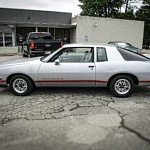Contents
Which Should You Choose: All-Season or All-Weather?
Your driving style, climate, and needs determine if you should buy an all-season or all-weather tire.
- If you live in a moderate climate where winter is mild, you’re likely better off choosing from the large selection of all-season tires.
- However, if you live in an area where winter conditions fall below 46 degrees, all-weather tires are probably the best choice.
What Is an All-Season Tire?
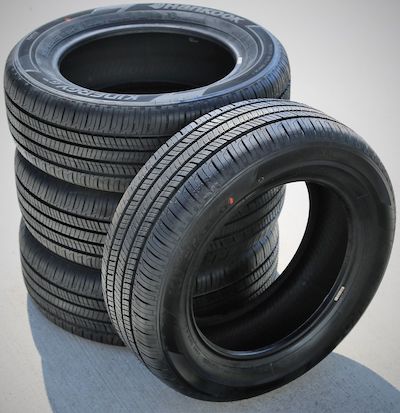
Hankook Kinergy GT
All-season tires offer the best performance during spring, summer, and fall. But they are not optimized for winter driving conditions.
Often supplied on new vehicles as standard equipment, all-season tires are the most common tires you can buy. They’re versatile, have long mileage ratings, and are quiet on the road. However, they are not built for ice, snow, or extremely wet conditions.
Shop now for all-season tiresAll-season tires have harder rubber and tread compounds, providing longer tread life and optimal performance in moderate climates. However, the material becomes less pliable at temperatures below 46 degrees. As a result, they don’t grip the pavement as well. This is a weakness in freezing temperatures and heavy snow.
All-Season Tires: The Pros
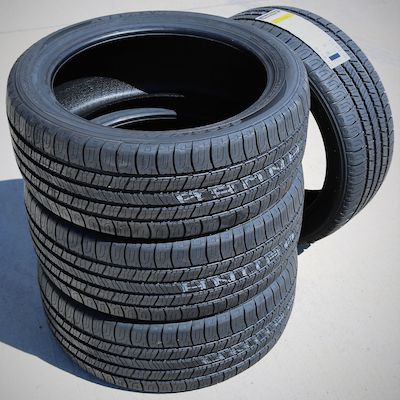
Goodyear Assurance
- Affordability and durability. All-season tires have a wide variability of price points. You can get a quality set to fit your budget. Even with premium brands with extended mileage warranties, all-season tires will be less expensive over the long run because they last longer than all-weather tires. They are replaced less often, which saves money.
- More options. You can choose from a range of tires that provide similar performance capabilities. For example, there are all-terrain, mud-terrain, touring, highway, ribbed, ultra-high-performance, and all-purpose tires.
- Noise reduction and superior comfort. All-seasons are typically quieter, with better ride comfort than all-weather tires. The design absorbs vibrations and the impact of your contact with the road. They are specifically designed to make the driving experience more luxurious.
All-Season Tires: The Cons
- Not for winter. All-season tires are best if you limit their use to three seasons: spring, summer, and fall. Some manufacturers call them three-season tires because the term all-season is misleading.
What Is an All-Weather Tire?
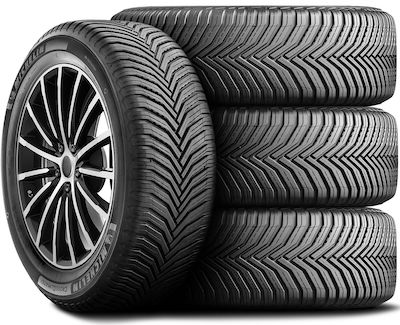
Michelin CrossClimate
The easiest way to recognize an all-weather tire is to look at the sidewall. Every all-weather tire has a three-peak symbol with a snowflake on the sidewall. Also, the stamping for “M+S” stands for mud and snow.
All-weather tires are a variation of all-season tires, but they are designed to excel in severe driving conditions you might experience in winter. They are engineered to perform safely in heavier rain, slush, mud, extreme cold, and heavier snow.
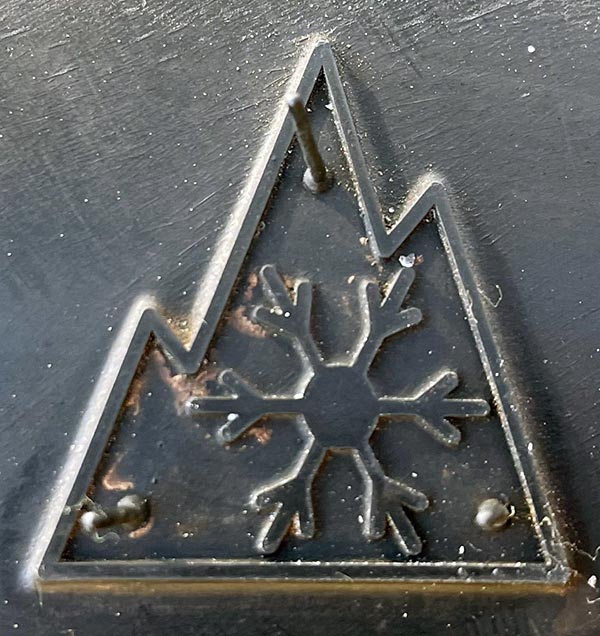
The Three-Peak symbol
All-weather tires have deeper lateral grooves to “claw” at the snow. But the tread pattern isn’t the main difference between an all-weather and all-season tire. The compound on an all-weather is softer than an all-season, which makes it more pliable in colder temperatures.
While all-weather tires work well on snow and ice, they may need to be improved if you live in an area that experiences extreme snowfall. In that case, you can use chains or switch to dedicated winter tires for the harshest months.
Shop now for all-weather tiresYou can use all-weather tires in the summer, although they may not grip as well as dedicated summer tires. Summer tires have a harder compound that softens when they heat up, making them stickier. In addition, the shallower grooves allow for better
warm-weather traction.
All-Weather Tires: The Pros
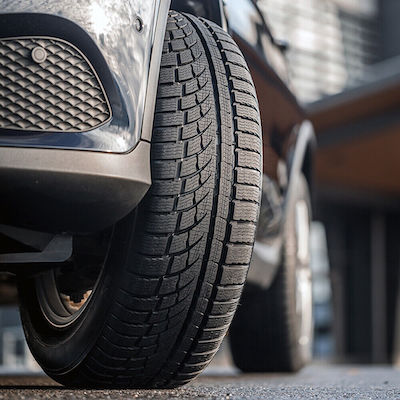
Nokian WR G4
- Year-round performance. All-weather tires offer optimal performance for all four seasons. You won’t have to go through the hassle and expense of changing your tires in the winter months. You can drive in any weather condition with confidence in the tire’s performance, except in the most extreme snow conditions.
- Minimal installation requirements. Unlike dedicated winter snow tires that must be changed and often require a different set of rims to make the seasonal changeover easier, all-weather tires work well with your original rims.
All-Weather Tires: The Cons
- Shorter tread life. You should expect to change these tires much sooner than other tires—not because of poor quality, but because you will use them all year. For that reason, all-weather tires have a shorter warranty when compared to all-season tires.
- Not as responsive. All-weather tires don’t have the best grip on dry roads, which makes them unsuitable for sportier driving. Also, they are noisier at higher speeds.




